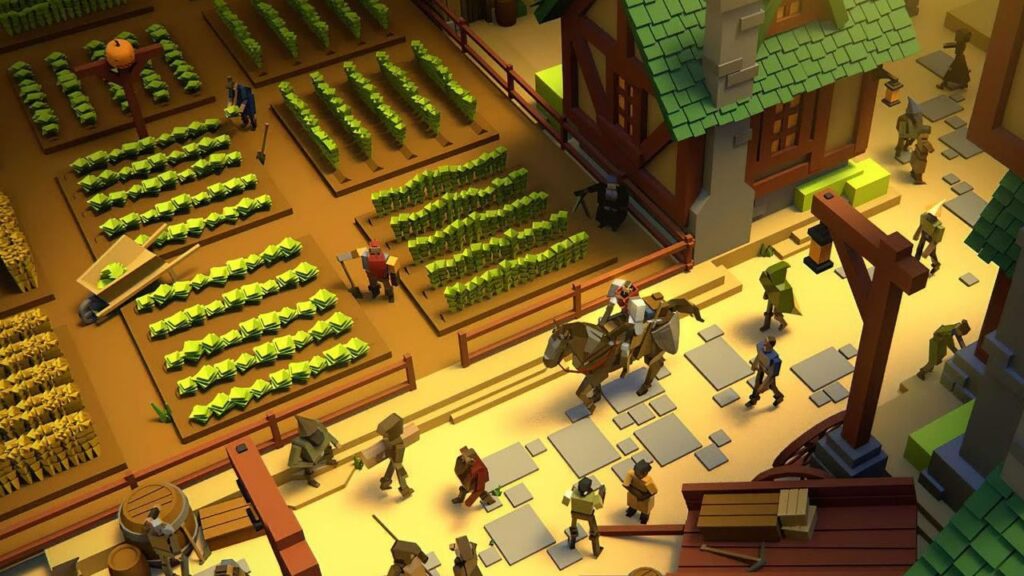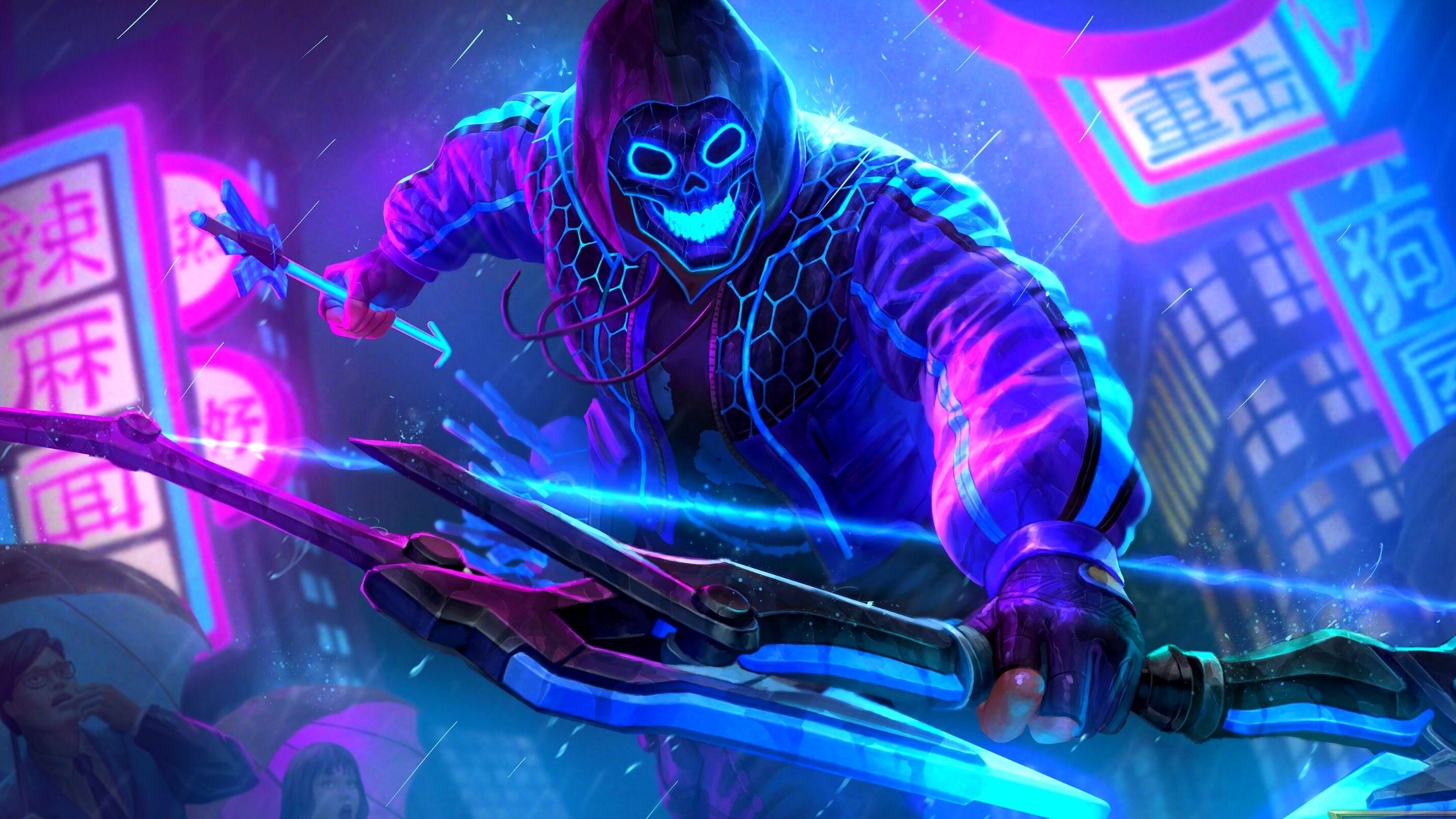Non-fungible token sales were only worth $13.7 million in the first half of 2020; by year’s end, they had increased to $2.5 billion. Since Q4 of 2020, sales volumes have increased by over 2,100% annually, and the most current information from NonFungible.com shows that in the first three months of 2021, there were twice as many purchasers as sellers of NFT games. Now that additional vibrant communities have joined the NFT market, we estimate that figure to be far higher.
NFTs have skyrocketed in popularity as collectors, with fans buying and selling them for fun and cash. The market for nft game has grown as a result of their cultural importance. NFTs are now enticing to investors due to an active market where speculators have made the process of assessing value simpler. But we didn’t expect NFTs to take off in the gaming industry and help gamers make money by maximizing their skills and time. The gaming industry is undergoing a change right now, where everyone who participates has an equal chance of making money.
With the introduction of play-to-earn games, NFTs have addressed concerns with provenance and duplication and are now enabling users to make money while enjoying their favorite NFT titles. In this article, we’ll explain play-to-earn in detail and lead you through the process of getting started in the quickly expanding NFT sector.
An earn-while-you-play business concept is what?
NFTs have been employed as ornaments, artwork, and other distinctive characters before, but a free-to-play game that rewards players with crypto tokens has never been seen before. The play-to-earn business model is straightforward: provide players the ability to monetize their time and talent by earning crypto tokens that can be converted into the currency of their choice. No player is given complete ownership of an in-app item in traditional video NFT games, making it almost difficult to exchange it for something of higher worth.

Participants in NFT games get special NFTs that may be exchanged for tokens. The cost of NFT tokens will grow as more blockchain-based transactions occur. Players may now choose to sell their tokens for a lot more money as a consequence. Because NFT games are built on smart contracts as opposed to traditional video games, developers do not have total control over in-app purchases.
Not only because cryptocurrencies are involved, but also because it creates more value for other players, makes this a totally distinct game economy. A player may use the open market to sell their tokens to other players if they want to leave a game.
It’s true that entry into a game costs money. But in-game purchases of digital items and collectibles will always be worth something. People waste their money on pointless skins and equipment in traditional video NFT games like Fortnite or League of Legends that are impossible to resale. At this point, NFT games induce a paradigm shift that changes the whole gaming industry.
Why is it suitable to combine NFTs with video games?
There are a number of reasons why pairing NFTs with video NFT games is the best option. The first would be player-owned and community-driven economy. When paired with the opportunity to make some extra money on the side, the decentralized nature of these games makes them more appealing to every player out there.
It has also been shown that people collect things for a number of reasons and put more value on things that are unique and original. Each participant or collector has a collection of unusual, genuine, and easy-to-exchange tokens that were produced digitally. Furthermore, it aids in the creation of online marketplaces so that people may benefit from a valuable product that was never offered in traditional gaming platforms.

By giving players true ownership and control over their in-game purchases, NFTs radically transformed them. Your money would disappear as soon as you become bored or move to another game if this were a multiplayer game.
The best thing about NFTs being used in video NFT games is that when players level up and obtain better items, they can be sold for much more on secondary markets. The ability for players to sell the rights to any game they possess is another distinctive aspect of NFT-based gaming initiatives. We now have new chances as a result of being able to move about digitally and have the option to sell in-game items.
The Prospects for NFT Games
There will always be NFT games, that much is clear. The gaming sector, which is just now coming to grips with the idea of blockchain technology, is where NFTs are making their debut. Although NFTs have already established a place in the virtual goods trade sector, obstacles still exist. NFTs need to become more appealing and intuitive if they are to be widely accepted.
We look through the technology rather than through the hype. We are aware of Blockchain NFTs’ potential and how they might transform traditional gaming. The fundamental use cases and technology will undoubtedly continue to exist, notwithstanding the near-term price volatility.
It’s amazing to observe how the blockchain has facilitated the development of a wide variety of NFT games and gameplays, as well as given players the opportunity to acquire tokens. As the area grows and new NFT games are released, there is a lot of anticipation. Cryptocurrency NFT games are a great way to add some enjoyment to your cryptocurrency earning process.
The increasing fusion of the real and digital worlds seems to be a larger trend at work, and NFT games appear to be its early adopters. The fabled “metaverse” then began to take shape—a term that is at the center of contemporary academic debates as well as the focus of revived commercial agendas, most notably that of Meta (formerly Facebook). The bulk of discussions on the metaverse center on technological intricacies, functional traits, or end user implementations in the form of high-fidelity 3D and extended reality headsets, drawn to visual imagery from Neal Stephenson’s 1992 book “Snow Crash” or movies like “Ready Player One.”
